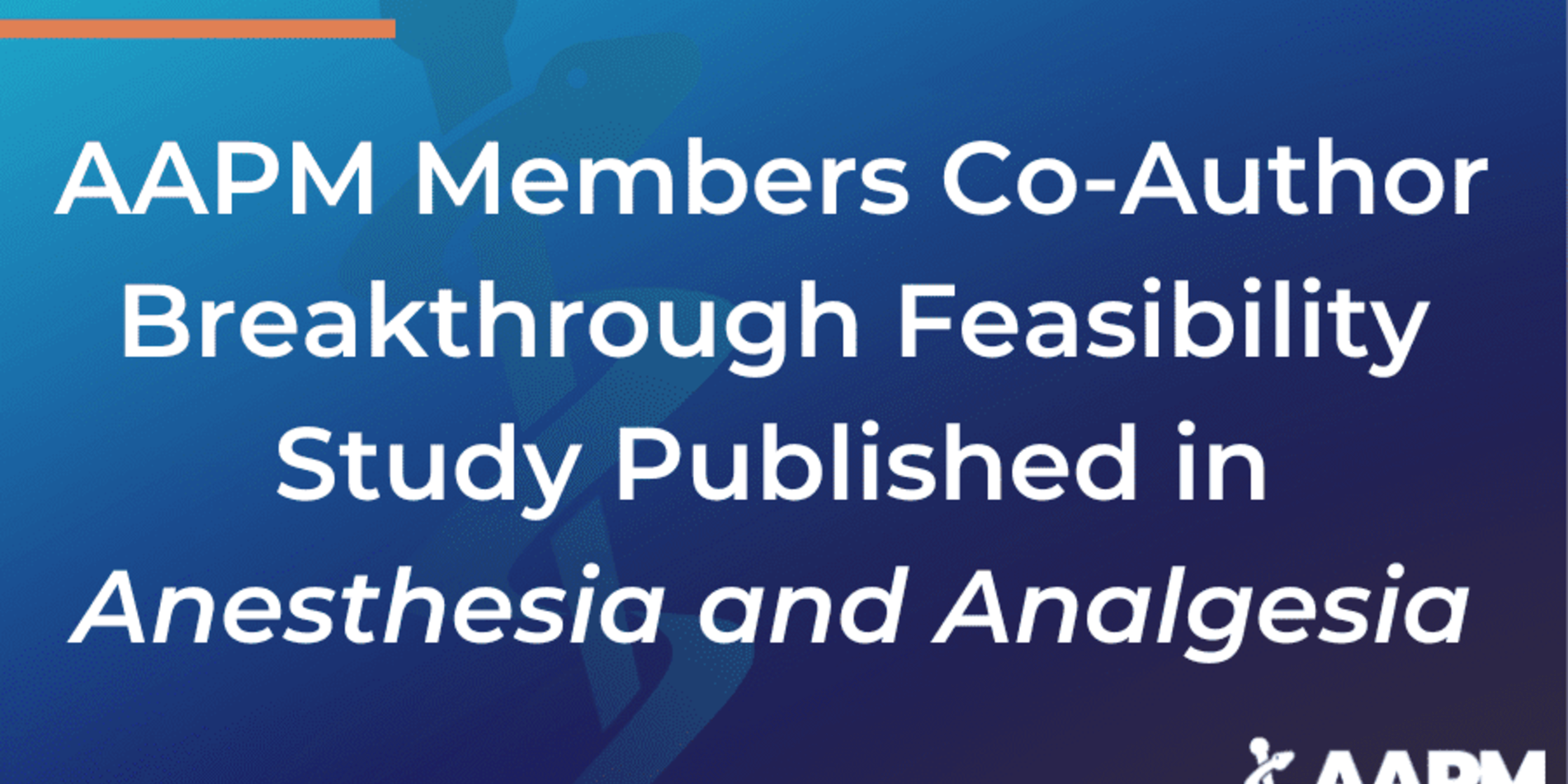Pain is a natural and adaptive response that protects the body from actual or potential injury. We touch the stovetop and reflexively remove our hand from it, while the burning pain at the tip of our finger alarms us to evaluate the damage. When this recently happened to me, I observed the burn on my finger before I actually experienced any pain. It allowed me to notice how the pain was more than just about the location of injury – it was unpleasant and bothersome, and it made me nervous, frustrated and anxious.
Luckily, the injury was not serious. Nevertheless, it highlighted the complex experience of pain, which is especially important when considering the suffering and burden of people with chronic pain conditions (e.g., low-back pain, migraine, fibromyalgia). Their pain goes beyond a physical impairment, to include depression, anxiety, social isolation, and many other psychosocial symptoms. Indeed the International Association for the Study of Pain has long defined pain as a subjective psychological experience with a sensory, and an emotional component. Pain is not in the heat generated by the stove, nor is it in the injured finger. It might seem unintuitive, but pain is actually reflective of how our brain predicts and interprets the signals transmitted from our body and its internal organs, as we exist in and interact with our surroundings. This explains how in certain conditions, people can report pain without injury, or that some injuries do not elicit pain. Our lifetime experiences, such as past physical or psychological trauma, and the specific context in which we are in, such as if we are in the midst of an intense basketball game, or whether a loved one is with us, shape our experience of pain. Pain is therefore a construct of the brain, and of its interactions with various biological, psychological, and socio-cultural factors.
Together with leading experts in the fields of pain and emotion, I highlight the inherent relationship between pain and emotion in a paper published today in the journal Neuron. The paper, titled “What is the relationship between pain and emotion? Bridging constructs and communities”, points at an important gap in our understanding of this relationship, since there is still a vigorous debate regarding the question “what is an emotion?”
Emotions are at the core of human existence – we fall in love with another person; we anger at injustice; and we fear the impact of a globally spreading virus. Emotions are products of our brain, and reflect internal states that continuously interact with the external world, shaping our thoughts and motivating our behaviors. They are adaptive – they boost survival and foster social connectedness. However, they can also negatively influence our own health and others’ well-being, as well as develop into debilitating conditions such as in depression and anxiety. The quest to understand the nature of emotions begins in Western and Eastern ancient worlds, and continues today in modern science. As two emotion researchers elegantly phrased it, “Everyone knows what an emotion is, until asked to give a definition." This is true today as it was 36 years ago. For example, do we first think about an event that happened to us, like someone cutting us in line, and then feel the anger, or do we have an immediate emotional reaction to such a provocation, and only later do we think about labeling our feelings as “anger”? Will all people, at all ages, and even in the most remote civilizations, experience and express their anger in the same way, or is there a role for socio-cultural context? Do emotions such as anger, fear, joy, or surprise, each have unique and dedicated neural circuit in the brain, or can we identify more general circuits that are common to all of them? Crucially, answers to such questions serve a larger purpose – they have practical implications for our ability to provide treatment and relief from emotion-related pathologies.
Taken together, one’s perspective on the nature of emotion has an important impact on how we understand pain, and vice versa. Crucially, millions of people across the globe suffer from various chronic pain conditions and from emotion-related pathologies, which often occur together. In the paper, we map the conceptual, functional, and neural connections between the constructs of pain and emotion, and call for more direct scientific efforts to study their bi-directional relationship. Moreover, these connections should lead to greater synergy and collaboration between the two scientific and clinical communities of pain and emotion, which remain siloed from each other. Both fields can benefit from the theories, methods, and findings accumulated in the other.
The paper provides a framework for bridging the scientific concepts and communities of pain and emotion, with explicit actionable items that will lead to progress. For example, by joint task forces and workshops for pain and emotion researchers and clinicians, and by dedicated funding mechanisms to study and treat pain and emotion together. Beyond a better understanding of what are pain and emotion, and how they influence each other, such a framework supports the development of novel, safe, and effective therapeutic interventions for hundreds of millions of people suffering from pain and/or emotional disorders worldwide. Fundamentally, pain and emotion are more closely intertwined than currently considered.




